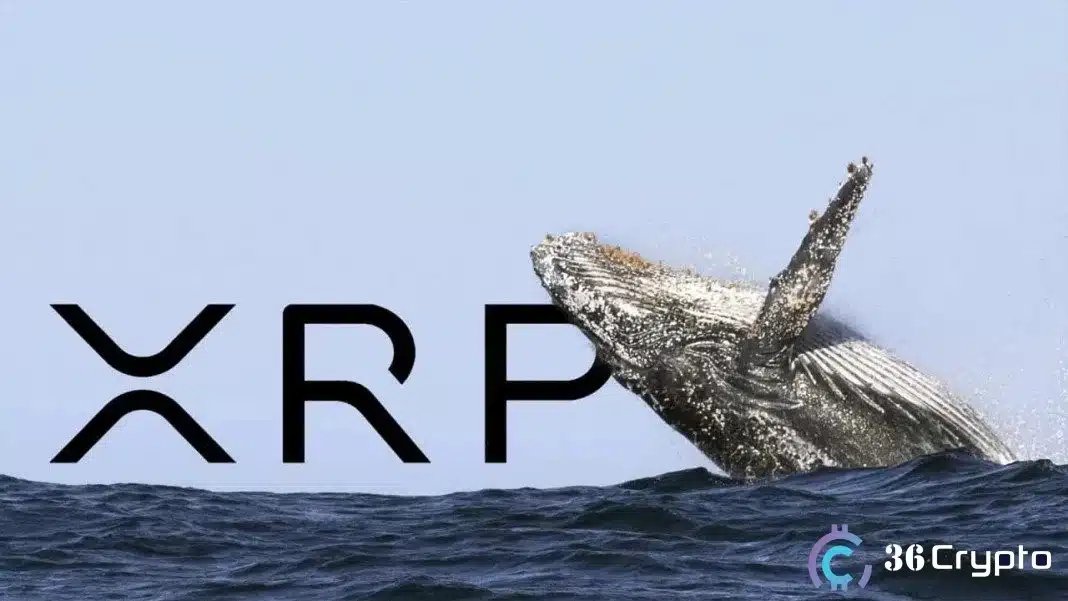APAC economies, including Singapore, Hong Kong, Australia, and Japan, are accelerating real-world asset (RWA) tokenization through regulatory reforms and live-market adoption.
Regulatory Transformation and Market Dynamics
Why Important: Tokenization connects issuance, settlement, and custody on a shared digital infrastructure, improving settlement finality and auditability. It lowers capital costs, enhances custody transparency, and enables 24/7 secondary markets — benefits that ripple across issuers, investors, and intermediaries.
As tokenization improves cross-border payments, trade finance, and speed and transparency, APAC’s policy diversity could expand options for local currency issuance, including China’s RMB, while USD liquidity remains the hub. Multi-currency models enable new combinations of FX hedging and credit enhancement.
Latest Update:
- Singapore is expanding standardization and interoperability workstreams in fixed income, FX, and fund management under the MAS Project Guardian.
- Hong Kong continues multi-currency digital bond issuances (HKMA press release) and uses its Digital Bond Grant Scheme information to attract private deals.
- Australia is advancing the Project Acacia update from ASIC under RBA–DFCRC, combining live pilots and proofs of concept.
- Japan’s FSA continues to outline market development for STOs and digital securities through FSA speeches and published materials.
Across the board, the common priorities are “same risk, same rules” enforcement, ledger-to-ledger interoperability, KYC/suitability/reporting alignment, and central bank money availability. For individuals engaging via DeFi, understanding wallet connections, gas fees, and robust KYC remains essential (Japanese residents must act within domestic legal boundaries).
Interoperability Could Realize East-West Finance System
Background Context: The first RWA adoption wave has been driven by bonds — especially US Treasuries — where transparency and traceability have expanded the investor base. Singapore’s MAS Project Guardian hub is a public–private and cross-border hub. Hong Kong is actively issuing government digital bonds to lead market formation. Australia uses live pilots to identify operational frictions, while Japan leverages existing investor-protection frameworks to scale gradually.
BeInCrypto reported that major Chinese financial institutions are entering the $30 trillion RWA market. RWA activity is also rising on XRPL and BNB Chain through tokenized treasuries and real estate products. These developments signal broader institutional participation and the emergence of multi-chain infrastructure beyond Ethereum.
Historical precedent: Early pilot results have been more about redesigning operational and audit processes than immediate liquidity boosts. National pilots have tackled instant settlement, asset-level title transfers, and governance of smart contracts, addressing back-end challenges one by one.
Geopolitical implications: A “dual-rail” link between Eastern and Western financial systems is plausible once interoperability standards solidify. However, custody liability, compliance costs, and data sovereignty concerns remain significant bottlenecks.
On the private side, prominent asset managers, commercial banks, and infrastructure providers are scaling participation. As tokenized US Treasuries, sovereign digital bonds, and tokenized funds accumulate use cases, bridging issuance–distribution–custody gaps via shared ledgers and API connections is becoming critical.
Interoperability, Data Location, and Sovereignty Matters
Looking ahead: Key focus areas include connectivity with central bank money (wholesale, not retail), alignment of accounting and tax treatment, secondary market depth, price-discovery reliability, and consensus on interoperability standards (messaging, identity, data models).
Possible Risks: Gaps in interoperability, inconsistent KYC/AML and suitability enforcement, operational risk in smart contracts, and questions over data location and sovereignty remain.
| Region | Program / Framework | Current Status | Key Takeaway |
| Singapore | MAS Project Guardian program page | Expanding fixed income, FX, fund WS | Advancing interoperability & standardization |
| Hong Kong | Govt. Digital Bonds overview + Grant Scheme page | Ongoing multi-currency issuance | Public–private deal pipeline expansion |
| Australia | ASIC Project Acacia announcement | Live pilots + PoCs | Operational/accounting implementation trials |
| Japan | STO/Digital securities (FSA market speech PDF) | Expanding issuance and secondary markets | Leveraging investor-protection frameworks |
| UK | BoE DSS information | Live-environment sandbox | Adjusting for permanence |
| EU | DLT Pilot (ESMA Art.14 report) | Ongoing evaluation/review | Threshold & scope recalibration |
The post Asia Pacific Advances RWA Tokenization in 2025 appeared first on BeInCrypto.
Source: https://beincrypto.com/apac-rwa-tokenization-2025/


